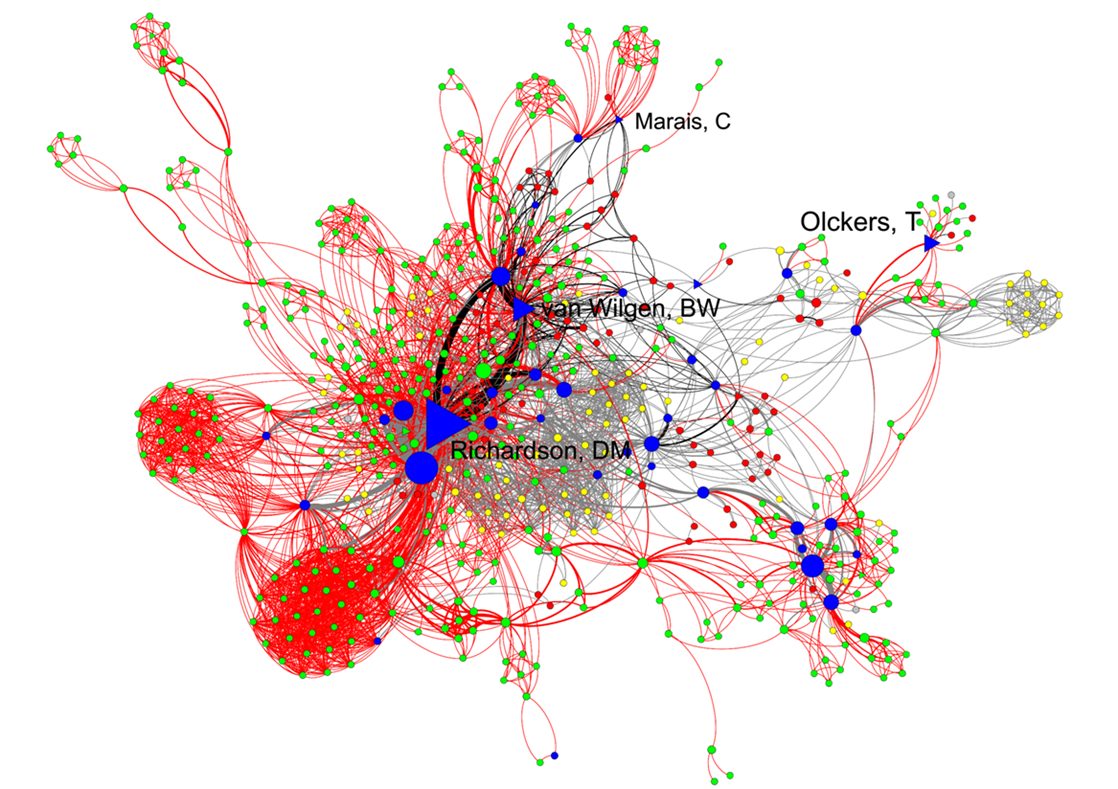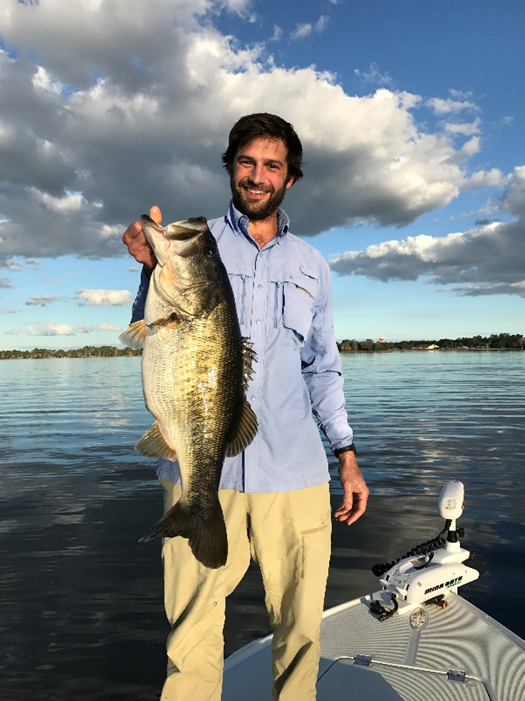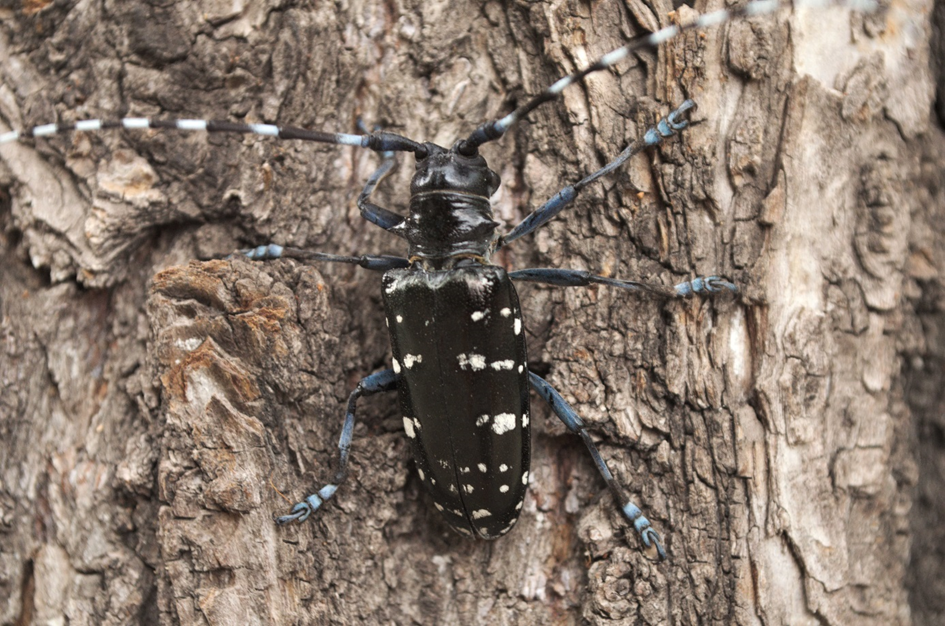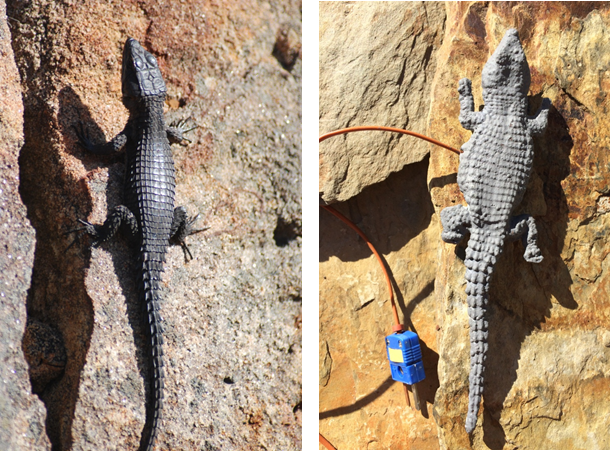Despite state-of-the-art methodology, the introduction history of Silver wattle remains unknown
In a paper recently published in the American Journal of Botany, C·I·B postdoctoral fellow Heidi Hirsch and co-workers highlighted the very complex introduction history of the invasive tree Silver wattle (Acacia dealbata) in South Africa.




